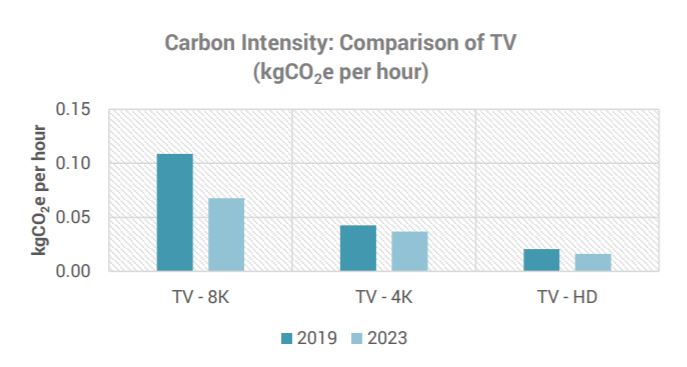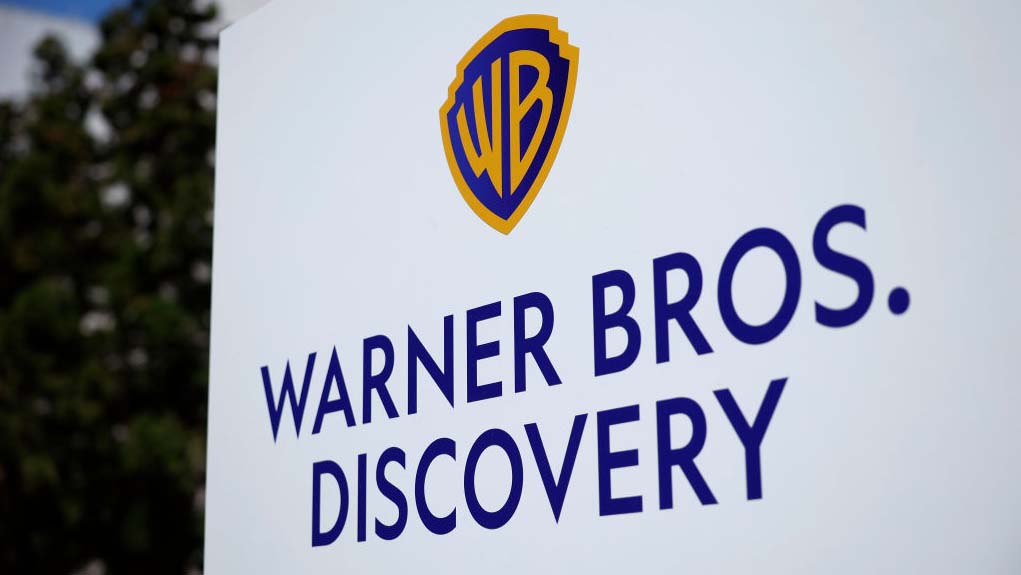Video Entertainment Evolution Brings Sustainability Challenges
Advancements like 8K TVs result in higher energy consumption

WILMINGTON, Del.—The global effort to be more sustainable is one that the video entertainment industry is working to be a part of, but a new study from InterDigital and Futuresource show why that is easier said than done.
“The Sustainable Future of Video Entertainment” looks at how current and emerging consumer devices, including TVs, contribute to overall energy consumption and details why sustainability practices must be integrated into all aspects of the video entertainment industry.
On a broad scale, the total annual energy consumption for consumer devices (in Terrawatt Hours) is far and away led by TVs. The report reveals that in 2019, TVs consumed an estimated 251 TWh out of the entire estimated 379 TWh of energy used by consumer devices—set-top boxes, game consoles, smartphones, tablets and media streamers. Projecting out to 2023, TVs number is expected to grow to almost 350 TWh per year, with only set-top boxes projected to be above 50 TWh among the other consumer devices.
Much of this could come from the rollout of 8K TVs, which the report projects uses more than twice as much electricity as 4K TVs, as well as 2.6-times 4K TVs' output of carbon intensity. The report offers this example: the expected 30 million 8K TVs that will be installed by 2023 will consume about 50% more energy than 343 million tablets worldwide.
Another factor is the emergence of streaming. New SVoD and AVoD are rapidly growing in popularity, with Cisco Visual Network Index estimating that 82% of all video traffic will be video viewing by 2022. Streaming requires striking a balance between image quality, latency and scalability, with new innovations boosting the bandwidth—and subsequently the energy—needed to support them. To counteract this, either an improved transport protocol and/or more efficient video compression specification must be used.
One way to help counteract the 8K and streaming impact will be the introduction of new video codecs, including Versatile Video Coding (VVC), Essential Video Coding (EVC) and Low Complexity Enhancement Video Coding (LCEVC). These new codecs can help create operation efficiencies to reduce Scope 2 emissions, as well as re-encode archived content to spend less on storage and distribution.
For more information, the full “The Sustainable Future of Video Entertainment” report is available for download.
The professional video industry's #1 source for news, trends and product and tech information. Sign up below.

